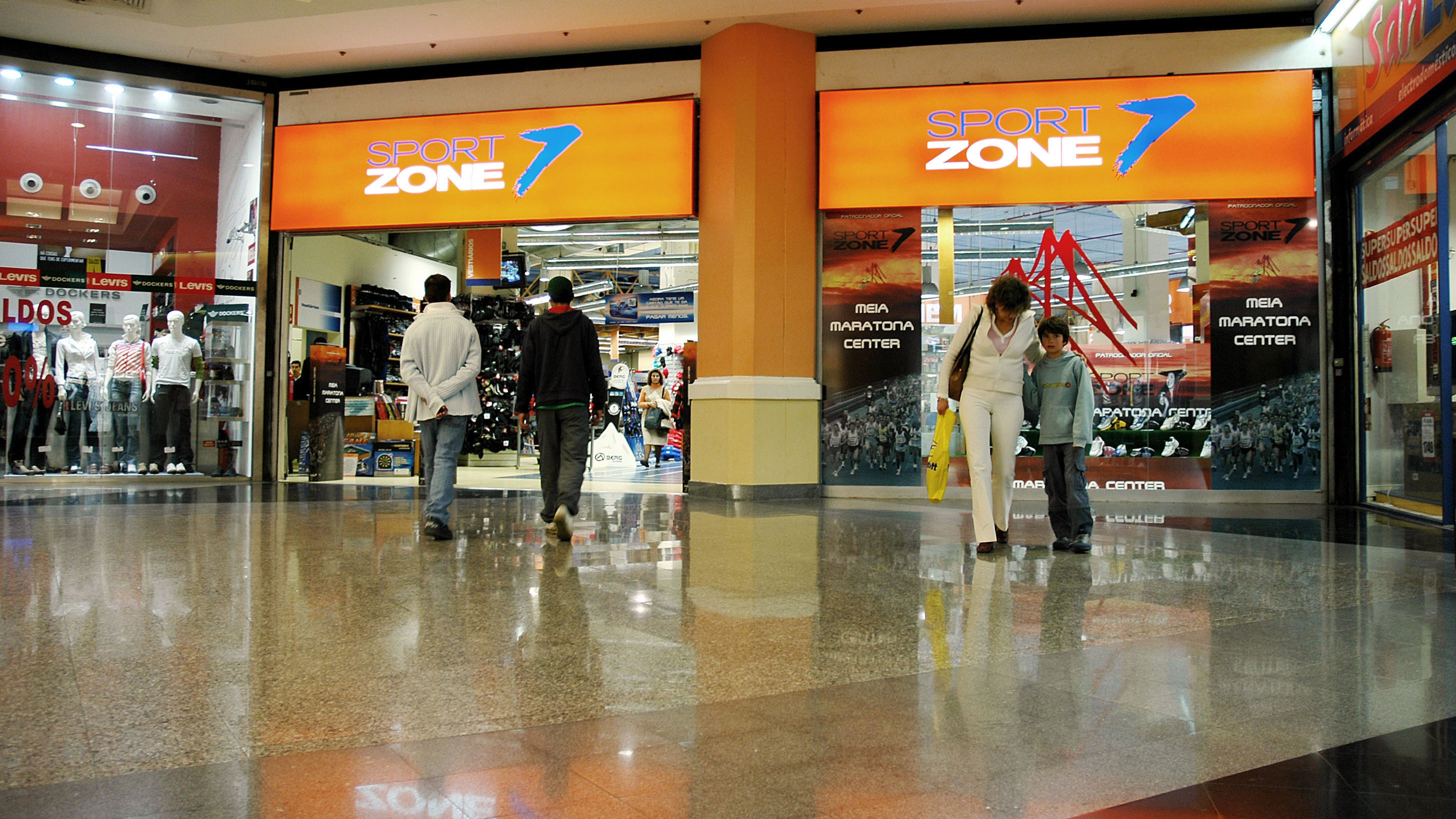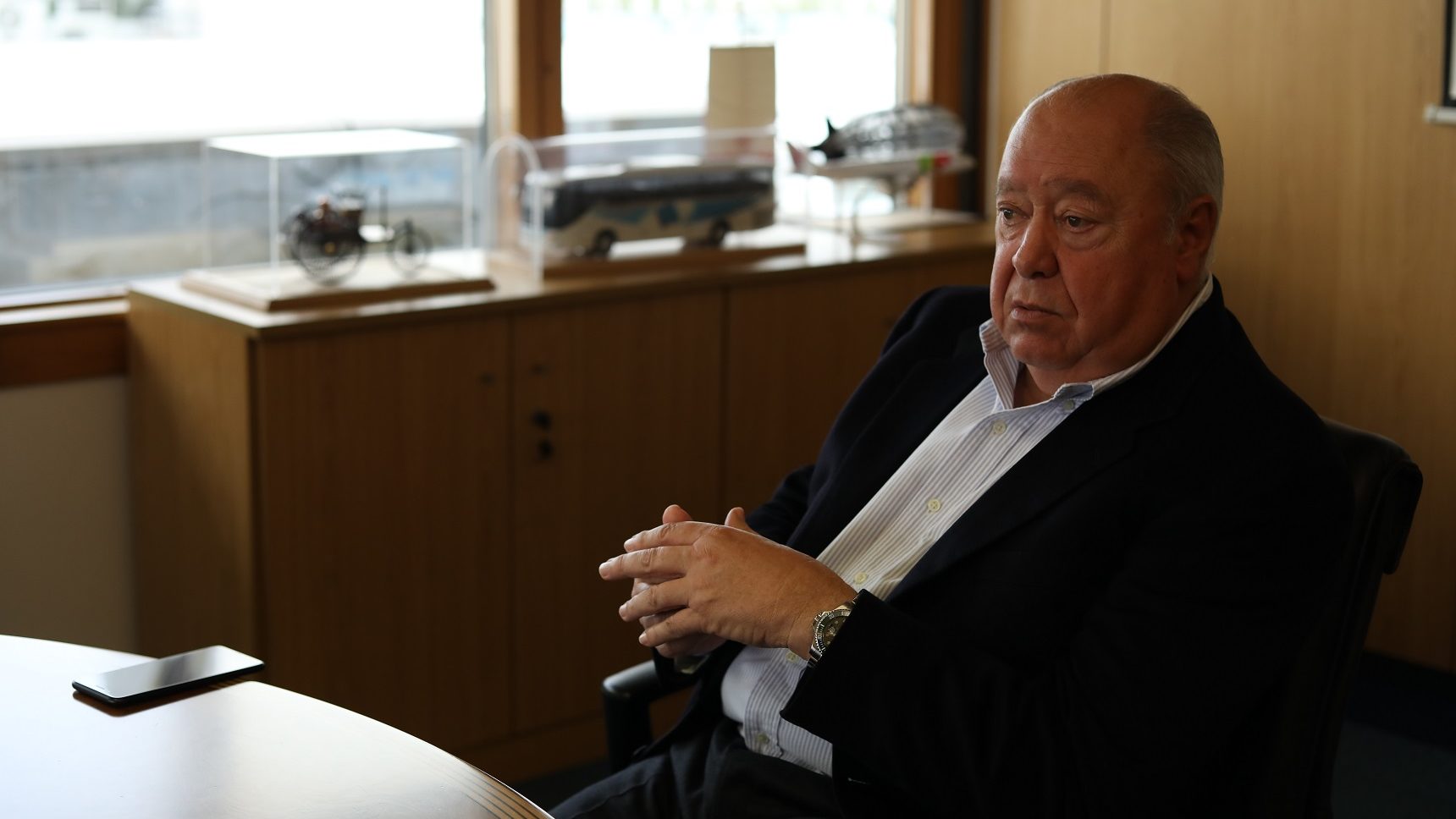A breath of fresh air in the old footwear industry
In Portugal, exports grew 3.3% in 2016 to almost two billion euros. Who wouldn't want to be in Portugal's shoes?
When there is an industry calling itself “the sexiest industry in Europe”, something has changed. The footwear sector was able to reinvent itself and take on a more attractive and “sexy” role, investing more on style, design and creativity.
According to APICCAPS (Portuguese Footwear, Components, Leather Goods Manufacturers’ Association), in 2016, the footwear sector exported close to two billion euros, a new maximum which allows the industry to assert itself as the one who most actively contributes to the Portuguese trade balance, after having grown for seven consecutive years. Concerning 2015, exports in the shoe industry grew 3.2%, which is especially relevant when making a comparison to other leader producers such as Italy, whose exports decreased 0.9%, and Spain, of 7.8%.

From the overall production in Portugal, 94.8% heads towards external markets, specially in Europe, due to the geographic proximity, the lack of customs barriers and the fact that Europe is perceived as a market where people have purchasing power. France, Germany, the Netherlands, Spain and the United Kingdom receive more than 70% of Portuguese exports; France is the main buyer of Portuguese footwear, purchasing 416.8 million euros, followed by Germany (341 million), the Netherlands (217 million), Spain (191 million) and the UK (133 million). Even so, the largest growth rates in 2016 happened in non-traditional markets in the sector. According to data from APICCAPS, China had a 3108% growth, followed by the United Arab Emirates (608%), the United States (461%), Australia (363%) and Poland (295%).

According to APPICAPS‘ estimates, the footwear industry currently employs over 38 thousand people, having a yearly production which surpasses 81,000 pairs of shoes. From 2011 to 2016 (the latter being APICCAPS‘ estimates), the sector created 4.157 job positions, of increasingly more skilled labor force. As for the number of companies, by the end of 2016 there were 1,473, meaning there were two less companies than in the previous year.
In five years, I would like to see the Portuguese footwear being sold at the same price as the Italian footwear. That would be a great joy for me.
Although Portugal has the second most expensive average price for shoes in the industry, what is made in Portugal still lies in the shadow of Italy: “I believe the Portuguese still don’t fully appreciate nacional shoes, they believe Italian shoes are better. Nowadays, there are great quality shoes made in Portugal, but we still find many Spanish and Italian brands who have a more established reputation. It is a journey we are still walking”, states Frederico Fortunado, APICCAPS president.




